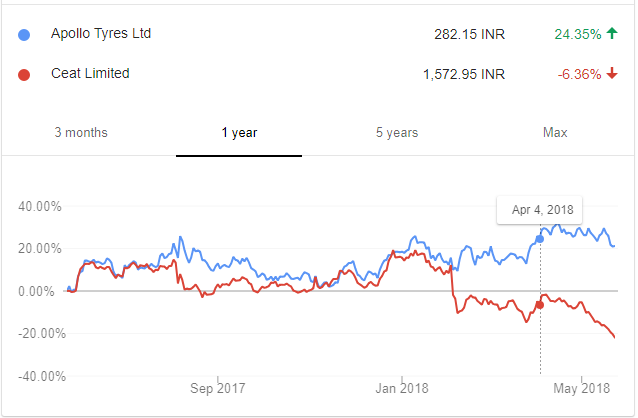
Statistical arbitrage trading is a type of trading strategy that involves using statistical analysis and algorithms to identify mispricing in financial markets and then executing trades to profit from the discrepancies.
It is based on the idea that prices in financial markets may diverge from their fair value for a variety of reasons, such as supply and demand imbalances, changes in market sentiment, or information asymmetry.
By using statistical techniques to identify mispricings and executing trades to exploit them, traders can potentially generate profits even if the market is not trending in a particular direction.
Statistical arbitrage strategies can be applied to a wide range of financial instruments, including stocks, futures, options, and currencies.
They often involve taking simultaneous long and short positions in different securities, with the goal of profiting from the price differences between the two.
These strategies can be implemented using automated trading systems, which use algorithms to identify and execute trades based on pre-determined criteria.
Statistical arbitrage trading can be a complex and high-risk activity, and it requires a deep understanding of financial markets and statistical techniques.
It is not suitable for all investors, and it is important to carefully consider the risks and potential rewards before engaging in this type of trading.
In this article, we are going to discuss every aspect of Statistical Arbitrage Trading also known as stat arb trading.
Advantages of Statistical Arbitrage Trading?
There are several advantages to using statistical arbitrage trading strategies, including:
Potential for high returns
Statistical arbitrage strategies can potentially generate high returns if executed successfully. By exploiting mispricings in the market, traders can potentially profit even if the market is not trending in a particular direction.
Low correlation with the broader market
Statistical arbitrage strategies are often based on identifying mispricings between securities rather than relying on overall market trends. As a result, they can potentially generate returns that are uncorrelated with the broader market, which can be beneficial for portfolio diversification.
Automation
Statistical arbitrage strategies can be implemented using automated trading systems, which can help to reduce the time and effort required to execute trades. This can be particularly useful for traders who are unable to monitor the market constantly.
Risk management
Statistical arbitrage strategies often involve taking both long and short positions in different securities, which can help to reduce overall portfolio risk. By taking offsetting positions, traders can potentially limit their exposure to market risk.
High liquidity
Statistical arbitrage strategies can be applied to a wide range of financial instruments, many of which are highly liquid. This can make it easier for traders to enter and exit positions as needed.
It’s important to note that statistical arbitrage trading also carries risks, and it is not suitable for all investors. It is important to carefully consider the potential rewards and risks before engaging in this type of trading.
What Are Some Statistical Arbitrage Trading Strategies?
There are many different statistical arbitrage strategies that can be used to identify mispricings in financial markets and profit from them. Some common strategies include:
Pairs trading
This involves taking a long position in one security and a short position in a related security, with the goal of profiting from the price difference between the two. For example, a trader might take a long position in a stock and a short position in a competing stock, or a long position in a bond and a short position in a related bond.
Market neutral strategies
These strategies involve taking long and short positions in different securities in a way that neutralizes market risk. For example, a trader might take a long position in a stock and a short position in a stock index, with the goal of profiting from the price difference between the two while being neutral to overall market movements.
Statistical arbitrage
This involves using statistical analysis and algorithms to identify mispricings in financial markets and executing trades to profit from them. For example, a trader might use statistical techniques to identify stocks that are undervalued relative to their historical averages, and then buy those stocks and sell short overvalued stocks.
Event-driven strategies
These strategies involve taking positions based on specific events, such as earnings announcements or mergers and acquisitions. For example, a trader might take a long position in a stock that is expected to announce strong earnings, or a short position in a stock that is expected to announce weak earnings.
It’s important to note that these are just a few examples of statistical arbitrage trading strategies, and there are many other approaches that traders may use. It is important to carefully consider the risks and potential rewards of any trading strategy before implementing it.
Conclusion
In conclusion, statistical arbitrage trading is a type of trading strategy that involves using statistical analysis and algorithms to identify mispricings in financial markets and execute trades to profit from them. It can potentially generate high returns and offer low correlation with the broader market, and it can be implemented using automated trading systems. However, it also carries significant risks and requires a deep understanding of financial markets and statistical techniques. As a result, it may not be suitable for all investors, and it is important to carefully consider the potential rewards and risks before engaging in this type of trading.







